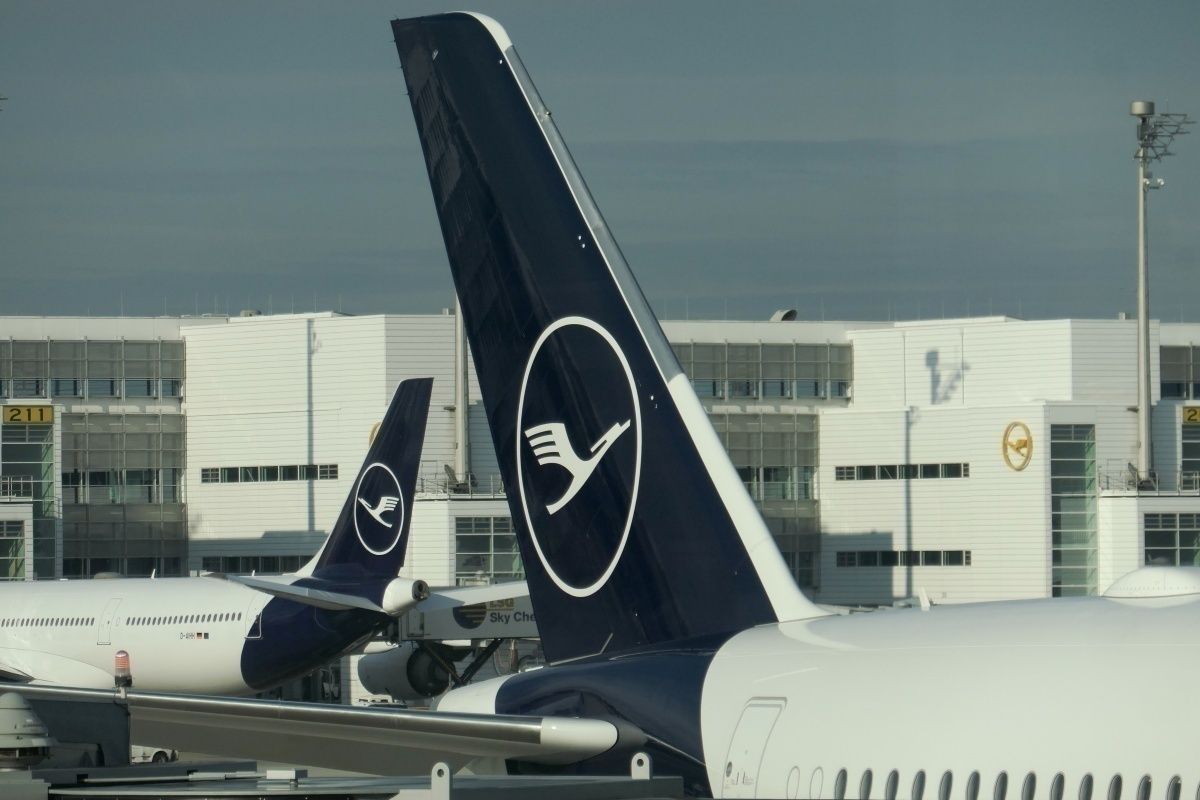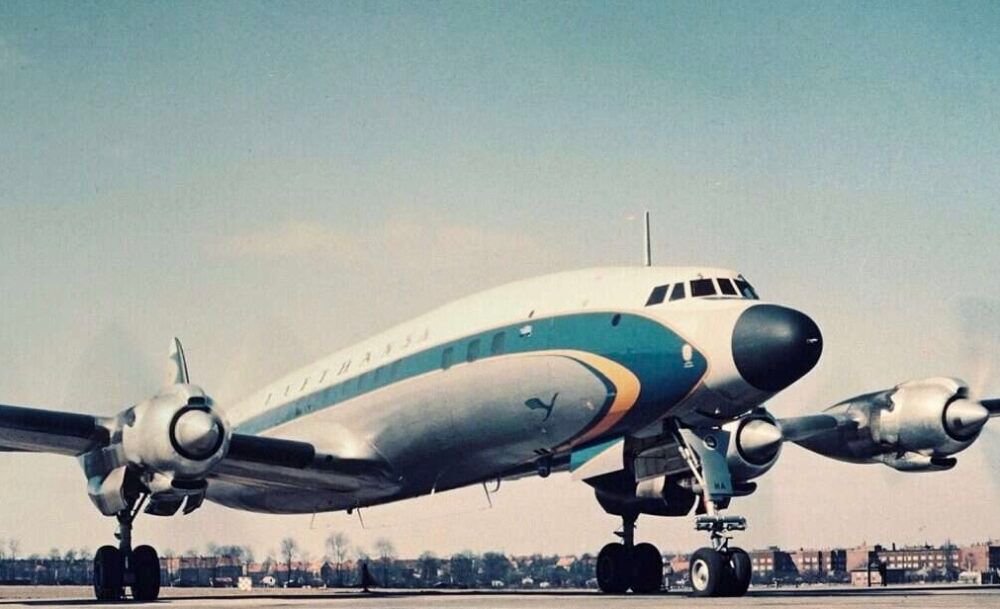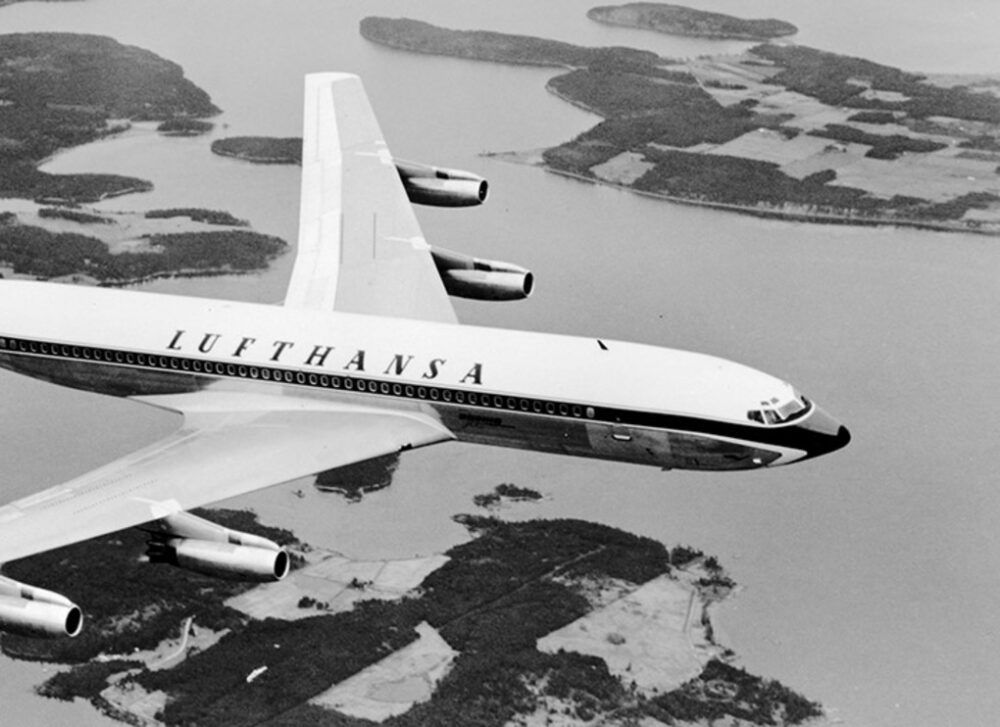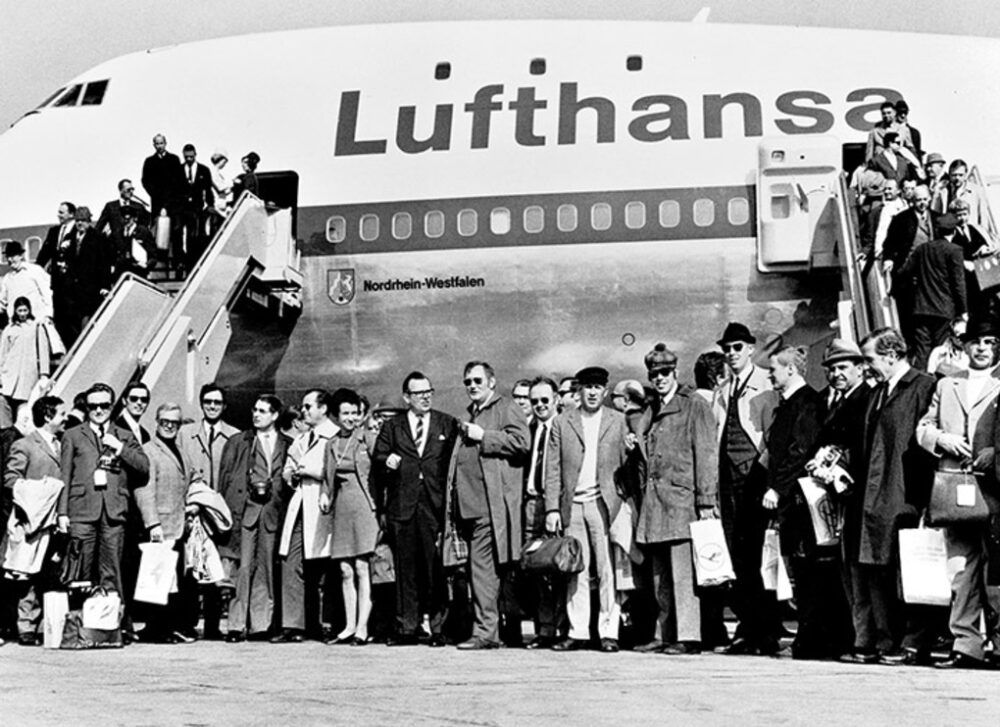The new Lufthansa company started flying in April 1955 and it didn't take long for it to cross the Atlantic. In its first year of operations, the airline was already flying to New York. However, these services included several stopovers on the way. Subsequently, with the jet age dawning, the German outfit swiftly started to look at ways to improve its offerings to the United States. So, it simulated flights to the Big Apple from Frankfurt.
Hitting the ground running
The first Lockheed L-1049G Super Constellation was delivered to Lufthansa in the carrier's first month of service. It carried 77 passengers and could reach cruise speeds of up to 530 km/h (330 mph).
Notably, the type would perform the first Lufthansa intercontinental flight. This was a trip from Hamburg to New York via Düsseldorf and Shannon. Altogether, the flight time was 17 hours.
Stay informed: Sign up for our daily aviation news digest.
A new era
As the 1950s drew to a close, the globe was keeping a close eye on the prospects of jet aircraft. Subsequently, powerplant maintenance and repair workshops were scaled up to cater to jet engines. Lufthansa was already preparing to enter the jet age. However, it took its time to conclude on which plane to go for. After weighing out the benefits, the airline eventually chose the Boeing 707 over the Douglas DC-8.
According to Lufthansa Technik, the company signed a letter of intent for the purchase of its first Boeing 707 units. The introduction of these passenger airliners would revolutionize commercial aviation. They flew fly twice as fast and high as preceding propeller aircraft. Moreover, they carried double the amount of travelers while covering far more ground.
However, the standard powerplant for the 707 was the Pratt & Whitney JT4A. Meanwhile, Lufthansa was holding out until Rolls-Royce had finished producing the Conway engine, which it felt was lighter and quieter, less expensive, and consumed less fuel. So, to ready itself for future jet services to New York, the airline began simulating operations to the city.
"In order to prepare for all aspects of operating the next generation of aircraft, in November 1956 Lufthansa started a ‘Paper Jet’ study to simulate flight operations between Frankfurt and New York using performance figures for the Boeing prototype," Lufthansa Technik shares on its website.
"These were combined with meteorological data such as wind speed and direction, flight visibility and air traffic density at the destination. The study produced data which subsequently proved to be quite realistic on such vital matters as take-off weight, cruise altitude, flight duration and fuel consumption."
A significant impact
Altogether, the entry of jet planes into Lufthansa's network caused a considerable shakeup within the company. For instance, Frankfurt was chosen as the carrier's main base for the jets' maintenance and operations. With the added range over piston aircraft, Hamburg was no longer required to be the main operational base.
Frankfurt to New York would go on to become a major route for Lufthansa in the following decades. Undoubtedly, the arrival of the jet era would prove to be a crucial factor in the history of commercial aviation.
What are your thoughts about how Lufthansa prepared for its jet flights to New York from Frankfurt? Have you flown to the United States from Germany with the airline before? Share your experiences with us in the comment section.




